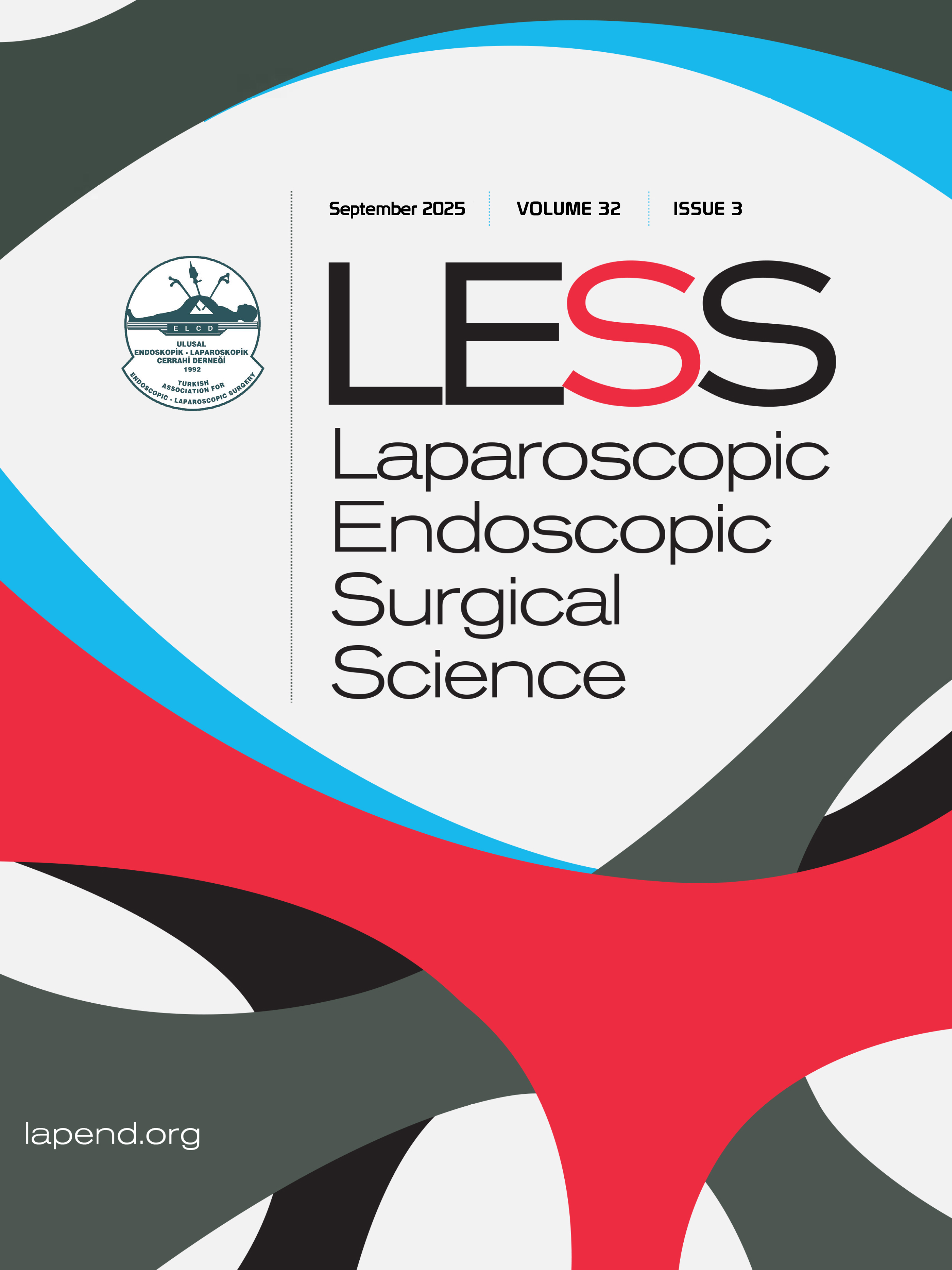Comparative review of outcomes of transabdominal preperitoneal (TAPP) and totally extraperitoneal (TEP) Rives-Stoppa in robotic ventral hernia repair
Omar Yusef Kudsi, Naseem Bou-Ayash, Fahri GokcalDepartment of Surgery, Good Samaritan Medical Center, Tufts University Faculty of Medicine, Brockton, Boston, MA, USAINTRODUCTION: Extraperitoneal approaches to ventral hernia repair (VHR) utilize the inner layers of the abdominal wall as a barrier. The robotic approach is promising in that it provides repair quality similar to its open and laparoscopic counterparts, with a decreased perioperative morbidity. Our aim is to compare the short-term outcomes between robotic totally extraperitoneal Rives-Stoppa (rTEP-RS) and transabdominal
preperitoneal (rTAPP) VHR.
METHODS: A comparative analysis was performed in terms of perioperative and early outcomes. Univariate tests were used to compare two groups. A subset analysis of all variables was conducted in patients with and without complications. A logistic regression analysis was used to determine factors affecting the presence of postoperative complications.
RESULTS: From 598 patients, 63 patients underwent rTEP-RS and 143 patients underwent rTAPP VHR. There were no differences between the groups in terms of patient demographics. The average defect size, mesh size and overlap were higher in the rTEP-RS group. Operative times were longer in the rTEP group. There were no differences between the two groups in terms of post-operative outcomes including complication rates and surgical site events. Female sex and console time were associated with postoperative complications.
DISCUSSION AND CONCLUSION: This is the largest study to date comparing the rTEP-RS and rTAPP approaches to VHR. The short-term results for rTEP-RS repair were similar rTAPP repair. The rTEP-RS approach allowed for large hernias defects to be repaired with large-sized mesh.
Keywords: Retrorectus, retromuscular, robotics; transabdominal preperitoneal; TAPP; totally extraperitoneal; TEP; rivesstoppa; ventral hernia repair.
Manuscript Language: English















